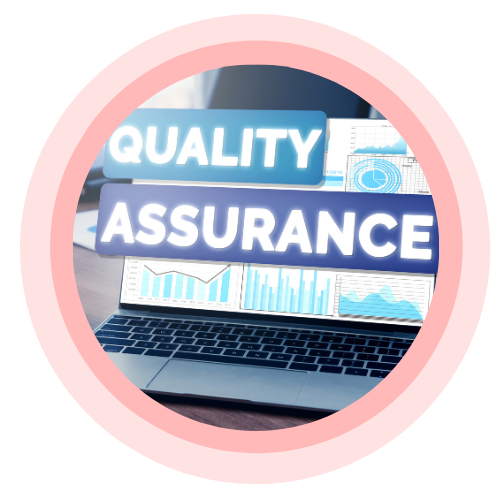Program Implementation Assessment
Enhancing Program and Strategy Implementation

Process evaluation
Focuses on programs, products or strategies to understand how interventions are being operationalized and recognize operational gaps and workflow challenges.

Fidelity evaluations
Assess if an intervention or program is being delivered as intended, adherence to protocols, and compliance with standards.
Outcome evaluation
Evaluates the short- and medium-term effects of implementation for some assurance of whether intended outcomes are realized.

Efficiency evaluations
Examines how resources, time, and costs are being used as an opportunity to improve operations and maximize ROI.

Assessing real-world evidence
Investigates any program or strategy that is implemented in the “real world” context by focusing on practical issues, user activities, and realization for advancement.

Mixed methods evaluation
Combines the affordances of the quantitative measures obtained with qualitative methods for enhanced understanding of outcomes and impacts.

Industries
Data collection allows sectors to train computer vision models, improve automation, improve diagnostics, ensure safety, and spur innovation via AI applications.



1. Define Goals and Scope
Identify objectives and the programs/approaches to be evaluated.

2. Observe the Implementation
Witness real-life implementation to identify any gaps and to rate its effectiveness.

3. Collecting Data
Obtain quantitative and qualitative data based on observations, reports, implementation approach, and feedback from stakeholders.

4.Analysing Implementation
Find any trends, barriers, and opportunities to growth and improvement.

5. Provide Recommendations
Give recommendations that can be implemented to improve processes, increase efficiency, and achieve better results.





- A process to assess how programs, products, or strategies are executed in real-world settings.
- Identifies gaps, challenges, and areas for improvement.
- Provides actionable insights for better decision-making.
- Ensures programs and strategies are implemented as intended.
- Optimizes operational efficiency and resource utilization.
- Supports evidence-based decisions to improve outcomes.
- Quantitative data: metrics, KPIs, reports, and performance indicators.
- Qualitative data: observations, stakeholder interviews, and process reviews.
- Comparative data to measure performance against goals or benchmarks.
- Duration depends on the program or strategy being assessed.
- Can range from a few weeks for small projects to several months for large-scale initiatives.
- Includes planning, observation, analysis, and reporting phases.
- Corporates optimizing processes and operations.
- Healthcare organizations evaluating program execution.
- Educational institutions assessing platform or program effectiveness.
- Marketing teams measuring campaign implementation success.
- Clear understanding of strengths, gaps, and operational challenges.
- Recommendations to optimize processes, improve efficiency, and enhance outcomes.
- Data-driven insights to guide future implementation strategies.
Begin dealing with the shopping behaviour data to convert more shoppers to buyers and personalize the buyer journey today!







